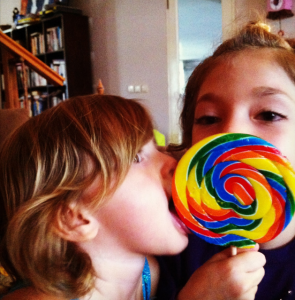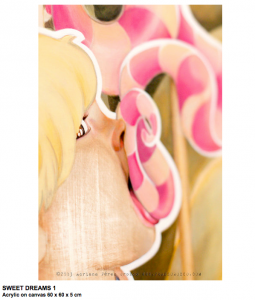We had our Moving On Assembly for the grade 8 classes today. I had a very special group this year. I will miss this class something fierce.
Raising a collection of different plants in one setting adds even more complexity. Some plants need water everyday, while others prefer drought. Some plants will vine and weave and grab onto anything they can attach to, while others prefer to grow alone in their pot. Some plants will wither with the slightest neglect, and will spring back to life with a little attention, while others will ignore everything you do.
There are many variables to consider when helping a teenager grow into a kind, independent, expressive human being.
The obvious things are food and electronic devices. But you have to be sure that their classrooms are nurturing. They can’t be too hands off or too smothering . You have to place the kids in a place where they get optimal mentoring but not too much.
Sometimes the student needs to be reminded about manners. Sometimes the kid must be reprimanded. Sometimes you just leave them alone for a few days and trust that they will be fine, other times they need more constant attention.
Raising a collection of different kids in one classroom adds even more complexity.
Some students need attention everyday, while others prefer to be left alone. Some kids will make friends and be social and grab onto anyone they can get attached to, while others prefer to grow alone in their skin. Some students will clam up with the slightest neglect, but will spring back to life with a little attention, while others will ignore everything you do.
But one thing I have noticed is that both plants and students need love grow. Love is word we don’t use enough in schools. We love our families and we love music and we love food and we love boys and we love girls and of course we love books, but for some reason it feels a bit strange to say you love your teacher, or for me to say I love my students. Maybe it is because the word love is such a tiny word for such an immense emotion. But I am here to take it back.
What does love mean in the context of a school? I think it means kindness, honesty, respect, taking risks and allowing for vulnerability in order to feel safe. I think love in the classroom means that everyone feels like they belong. Everyone feels heard and attended to. Everyone can be themselves without having to change for others. In short, people enjoy each others’ company and feel happy to be with others. When you love your peers, your teacher or your students you want to see them everyday and their energy and your energy are no longer separated.
I want to share a quick story to help you visualise what this love looks like. Last Friday night, I was with 8JRa and all their parents at our year end class party. We had eaten and the music was loud. Before I knew it, I looked up and saw us all dancing and smiling. Yes, there was a conga line around the room. Kids, parents, teacher.
In my 15 years of teaching, I have never seen anything like what I saw last week at our class party. I have taught my share of kids. I have raised my share of plants. But sometimes, the stars are aligned and a classroom and the teacher and the kids, and let’s not forget about their parents, create a situation so we all love each other. These bonds. These classrooms are special. Don’t take them for granted. They don’t happen very often.
In closing, I want to say goodbye to 8JRA for this year. I hope you will come and visit and stay in touch in the future. I hope you cherish what we built 8JRA. It didn’t happen by accident. Kids, Parents, Teacher- we all did our part. We had a good run. I hope you will look back on this year and think about the things we learned together and that you smile fondly. This class will always have a special place in my heart.
Thank you. I love you.



